Pacific Crest Trail Resupply Box Breakdown
If you haven’t read my PCT FAQ, you may be wondering how one replenishes one’s food supply while hiking the Pacific Crest Trail.
The simple answer is that you either buy food along the way, mail food to yourself beforehand or employ some combination of the two. The PCT-L and the hiker community are divided about which strategy is “best,” but as with most of the ultralight bickering nonsense, it is really about what suits your needs best.
How you will resupply in any given area depends on various factors, including what services are available on-trail, how far you plan to travel before your next resupply, how structured you want your hike to be, and how much you want to plan ahead of time. I have opted for a hybrid strategy utilizing mail drops and local purchases but emphasizing buy-as-you-go.
What follows are the arguments for and against each strategy (keep in mind that there is only one right answer—hint: it’s the hybrid strategy).
Buy as You Go
The buy-as-you-go strategy means you will stop at (or hitch to) the various towns along the PCT and purchase your resupply at the local businesses.
Pros
- More flexibility in your hiking schedule (last-minute detour to Reno? Let’s do it).
- Ability to change your diet as you become disgusted with your initial food selection.
- Support local businesses along the PCT to reduce the amount of animosity harbored towards toilet-paper-stealing hikers.
Cons
- You are stuck with what’s available in town (only one gas station selling snacks? Looks like it’s chips and candy for the next week).
- Food can be much more expensive in some smaller towns along the PCT.

Maildrops
A popular strategy among hikers is to mail themselves (or more likely, for some unfortunate friend/family member to mail them) food to post offices, hiker friendly businesses, or trail angels along the trail.
Pros
- Buying in bulk ahead of time saves money throughout the trail.
- You can resupply when purchasing food is not feasible (or possible).
- It is helpful for anyone with strict dietary restrictions or allergies.
Cons
- You are tied to your mail drops, and deviating from your planned hike can forfeit your resupply.
- …but what if the package doesn’t show up/isn’t there? Looks like you’re going hungry, my friend.
- Postage is not practical for people traveling long distances to hike the PCT.
The Hybrid Strategy
As with most things in life, the best (and therefore correct) solution is to utilize the advantages offered by both sides of the argument.
Pros
- You have the flexibility of a buy-as-you-go strategy and the comfort of knowing that a resupply will be waiting in the smaller, less convenient resupply sites.
- It allows you to include things you enjoy eating along the trail without eating them daily.
- If you wish to change your PCT plan, you don’t have to worry about missing your resupply box.
Cons
- No valid arguments against this strategy exist.
So there you have it. The comprehensive answer to the question: how do you get food along the trail?
I hope you’re happy.
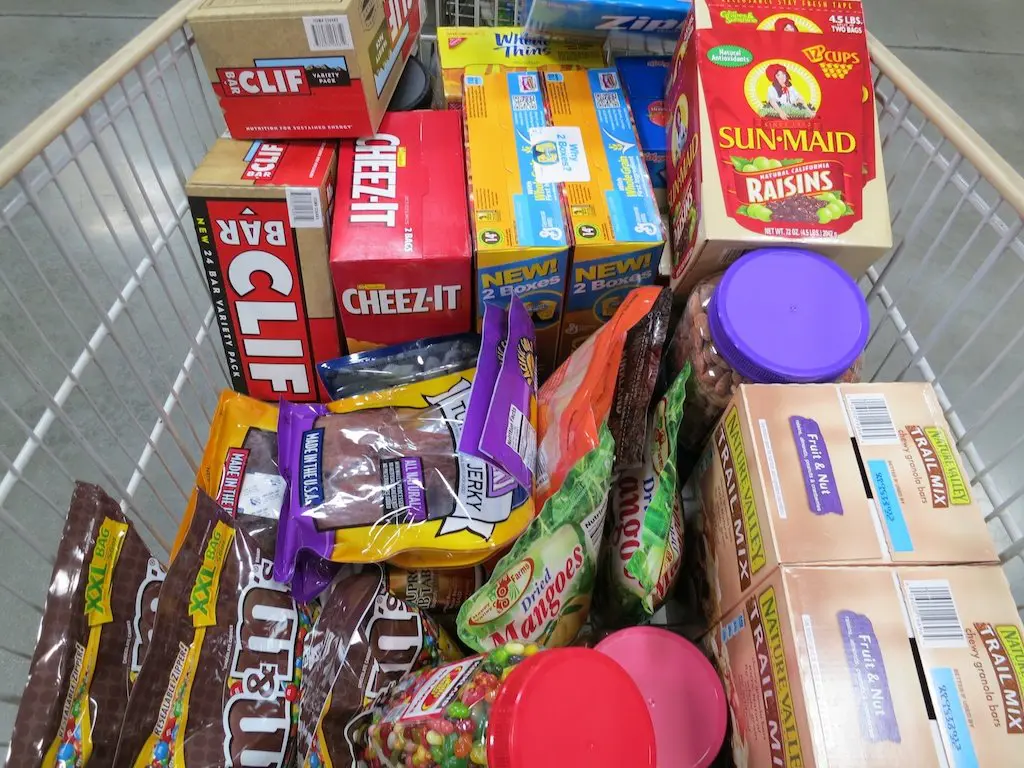
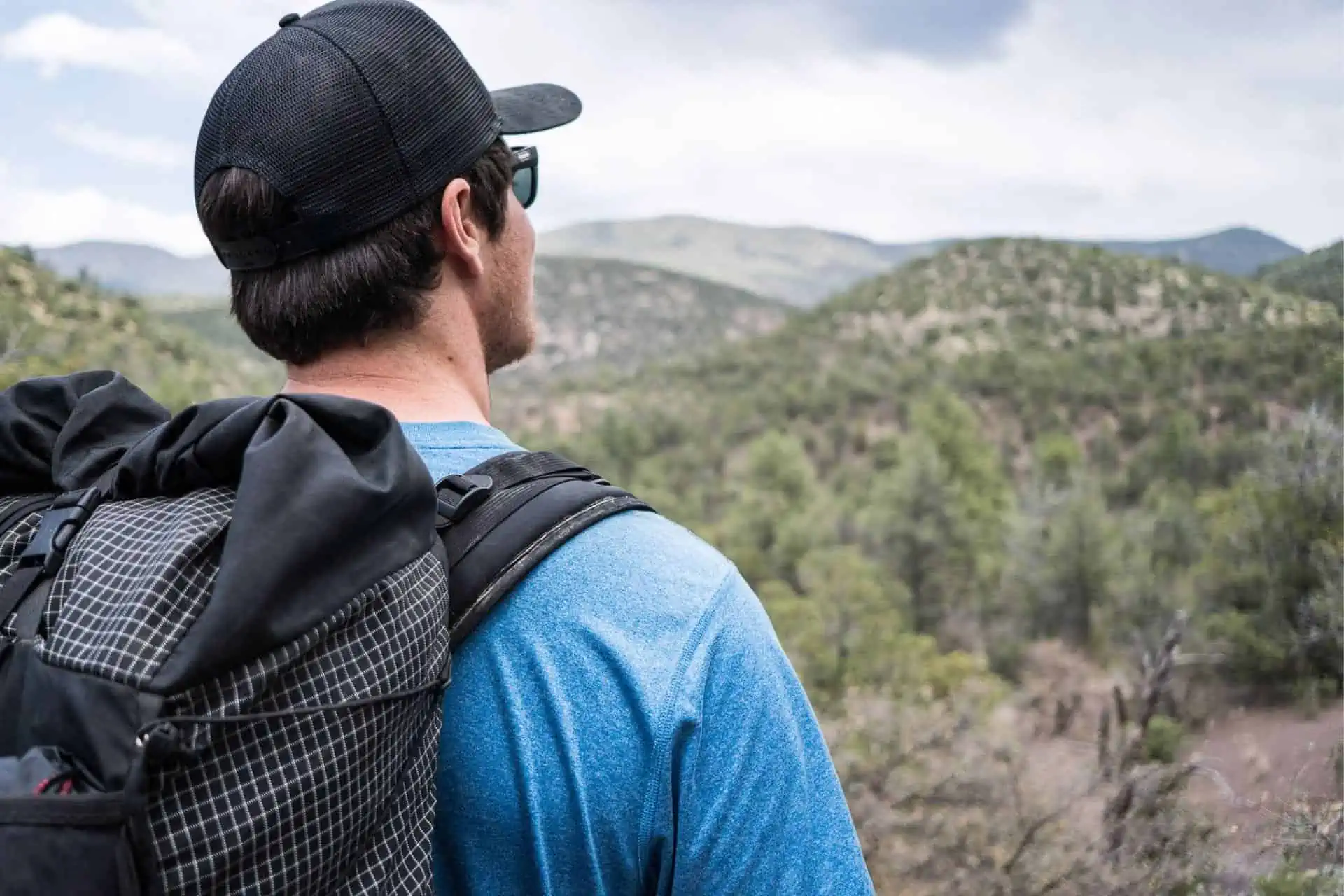

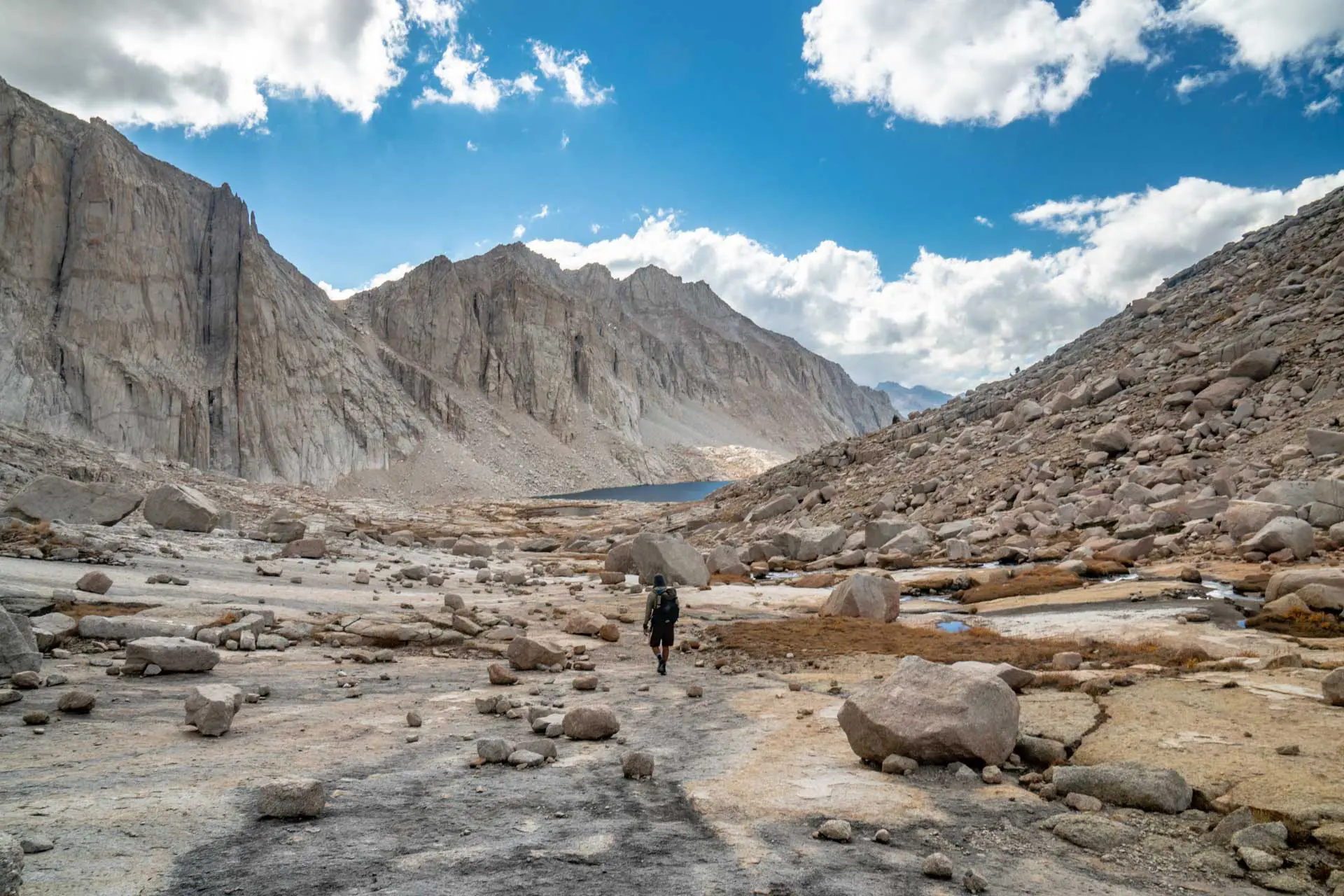
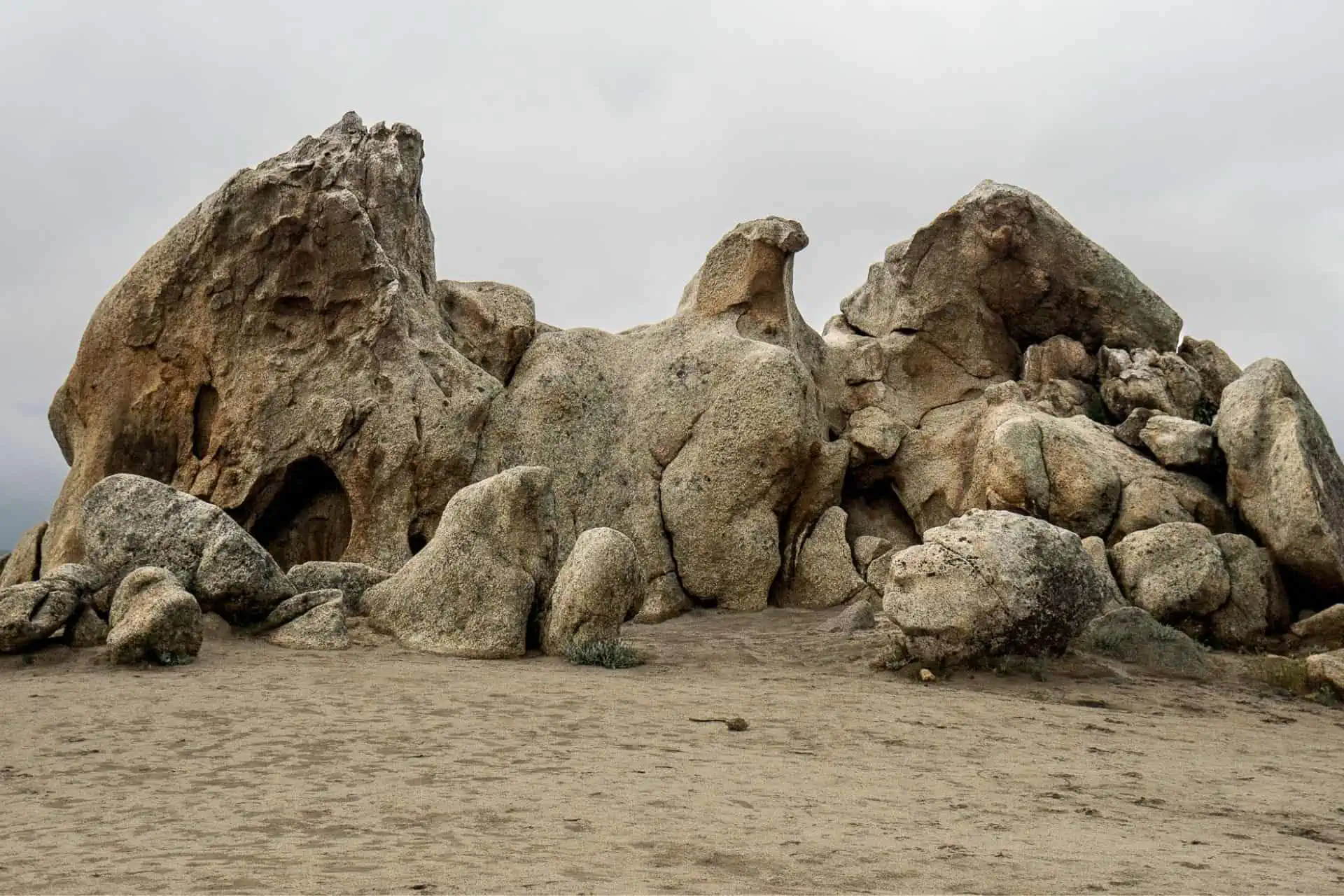
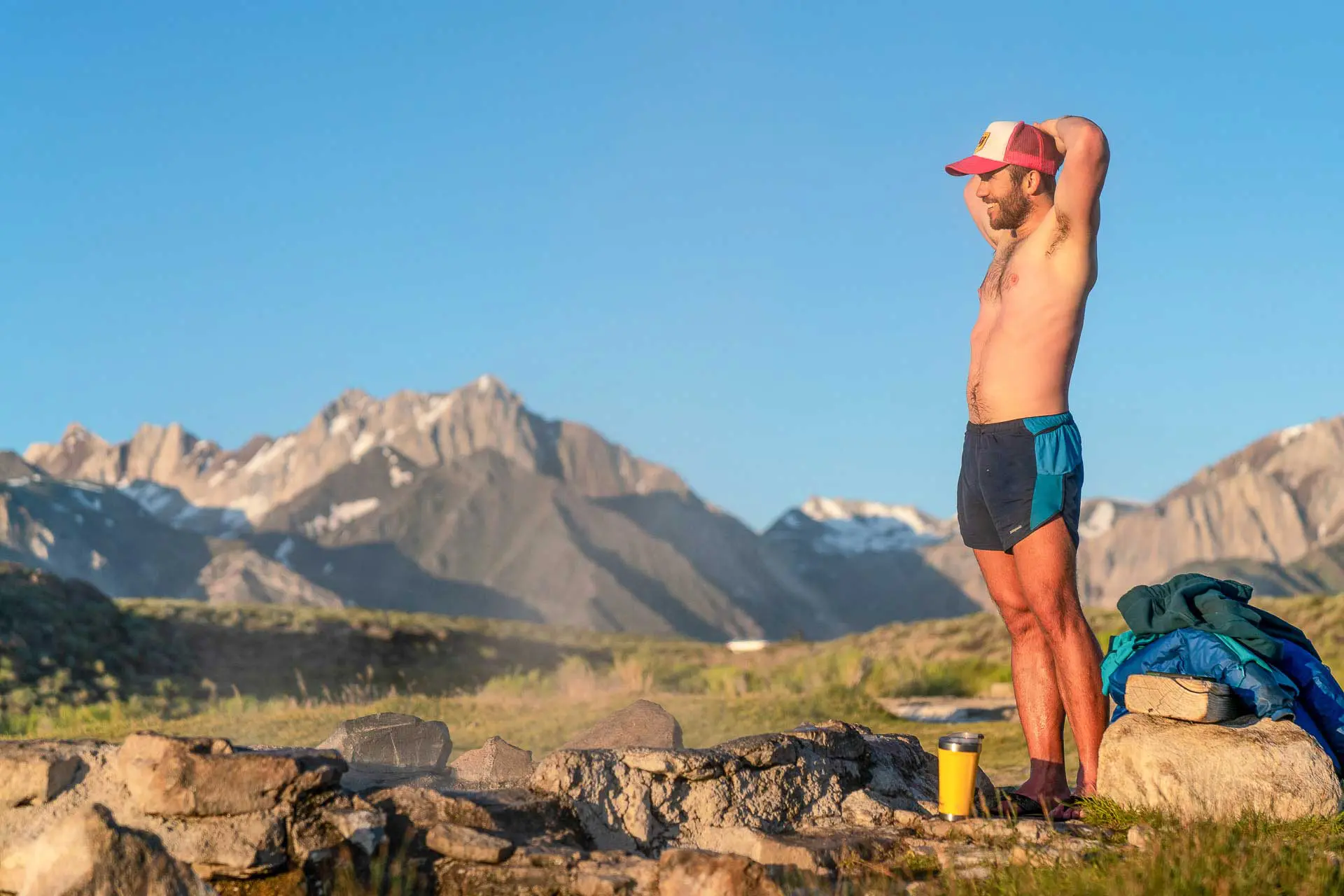
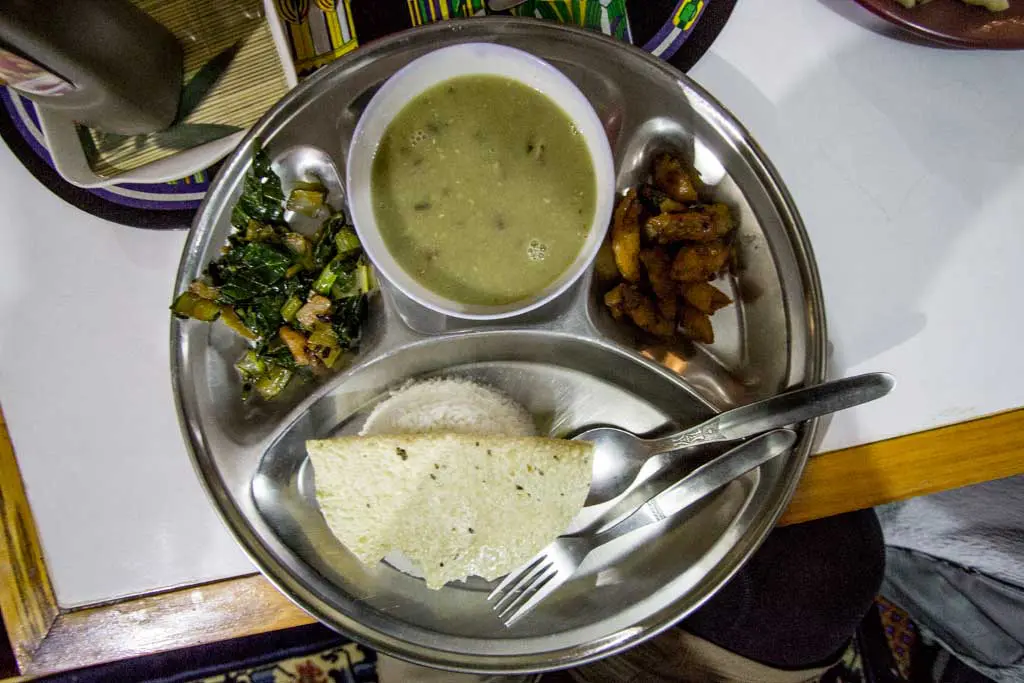
I’m planning on using the hybrid strategy, which resupply locations would you suggest using? Which ones should I send the fullest boxes to?
Is a stuffed USPS Priority box too much food?!!
Thanks in advance
Which resupply locations should you send the fullest boxes to? As in which locations precede the longest stretches? Have you checked out the PCT Survey? It might have some of what you need: https://www.halfwayanywhere.com/trails/pacific-crest-trail/pacific-crest-trail-hiker-survey-2015
How did you find out the hiker friendly businesses and TRAIL ANGELS before you left? I’m leaving in April and haven’t had much luck.
The site PlanYourHike.com has is a great resource for resupply stops (but to be safe, make sure to confirm address and mailing procedures):
http://www.planyourhike.com/planning/resupplypoints.php
Just out of curiosity, how much food did you actually carry on your person at a time?
It really depended on how far I had to go until the next resupply. My longest stretch was almost nine days (and probably around twelve pounds of food) and my shortest was only a day or two.
Oh yes, that is a wonderful selection of food. Peanut butter and Little Debbie snacks (Cosmic Brownies!!) were my weakness.
Concerning your last post. Past 200 miles, excellent. Those rough days are necessary throughout the trip. You’ll repeatedly test your limits and physically regret the decision to do so. They make for great stories though. And the stories will get better when bad weather becomes more of an issue.